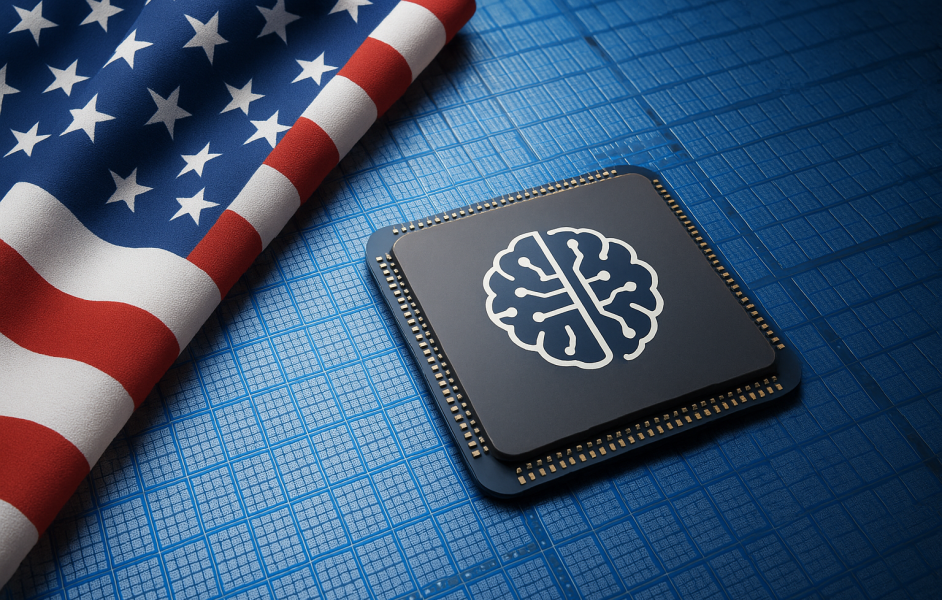Unite
1M
144

Image Credit: Unite
Strengthening U.S. Chip Manufacturing – The Key to AI Leadership
- The looming threat of U.S. import tariffs on semiconductors may not come to fruition due to potential supply chain disruptions, akin to those experienced during COVID-19.
- It is crucial for the U.S. to enhance its semiconductor manufacturing resilience for economic and national security reasons, especially in the realm of artificial intelligence (AI) leadership.
- Semiconductor technology powers AI model training servers, with AI-related chips projected to constitute 19% of the global semiconductor market by the end of the year.
- Reducing reliance on foreign semiconductor supply chains can bolster economic and national security, driving the bipartisan bill 'Securing Semiconductor Supply Chains Act of 2025.'
- Addressing concerns over potential semiconductor shortages, the U.S. must innovate in chip design to meet the escalating demand for applications like AI, autonomous vehicles, and robotics.
- Advancements in materials discovery like direct local atomic layer processing can revolutionize semiconductor manufacturing by accelerating design cycles and reducing environmental impact.
- By fostering collaboration between universities, startups, and R&D firms, the U.S. can enhance semiconductor manufacturing domestically while preserving environmental and human health.
- The relationship between AI and semiconductors is interdependent, with AI aiding in materials discovery and semiconductor advancement for improved computational power and efficiency.
- AI-driven materials design and new manufacturing techniques hold the potential to revolutionize semiconductor production, accelerating breakthroughs and maintaining U.S. technological leadership in AI.
- Incorporating direct atomic layer processing and AI can drive faster materials development and innovation, positioning the U.S. at the forefront of semiconductor technology within its borders.
Read Full Article
8 Likes
For uninterrupted reading, download the app